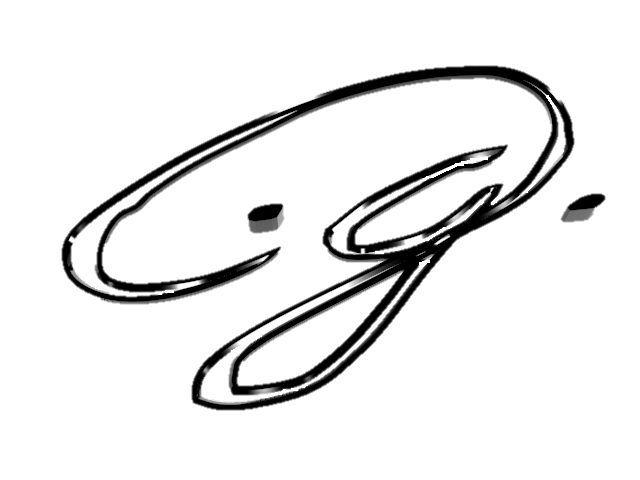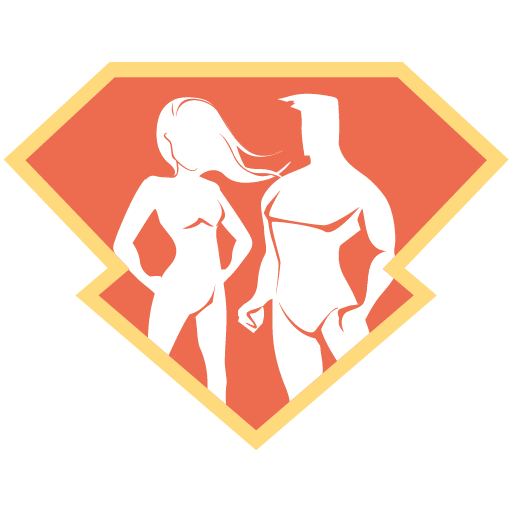Every day, you get more and more confused and that’s a good thing.
Estimated reading time: ~4 min
“The more you learn, the more you are able to learn.” – Jonathan Levi
Think Like a Baby
I want you to go back – go way back – to your earliest childhood memories. Don’t just recall the disparate flashes of light and color, think about what it was like to be a child. The world was filled with unknowns and yet it was extraordinarily simple, why? It stands to reason that, the more you learn and therefore, the fewer unknowns that exist, the less complicated the world should appear, right? And yet, we all know this is not the case. We grow up and we get more confused.
As a baby, you had very little on which to base your understanding of the world. Your existence was a mess of jumbled sensory experiences: pain, hunger, warmth, the sight of your mother, the sway of a rocking chair, the taste of mush. From this mess you had to construct a framework for reality and, if you are reading this, you did! Congratulations! If you managed to do that, then I have good news for you, you have unlimited learning potential.
When you constructed your framework for reality, there was a method to the madness. Each new piece of information had to be disregarded or assimilated into your understanding of the world. Whether it was included or thrown out was largely dependent on how it fit with the rest of the information you had already held onto. It had to answer a question about the world as you knew it so far. For example, you smell fresh cut grass as your uncle walks past you. At some point, your uncle answered the question “what is that large blob in front of me?” enough times that he became part of your framework, so you have something to associate the smell with. “What does uncle smell like?” Answer: he smells like fresh-cut grass. Now you probably didn’t actually relate that smell with grass or the process of cutting it for a while, but that’s ok. Once you’d been around the block a few times (literally), your framework became sophisticated enough to recognize that your uncle smelled like that green stuff rather than the green stuff smelling like your uncle. The important point here is that your ability to learn was constrained by the questions you could ask, and the questions you could ask were constrained by what you already knew. You can’t ask “how did the death of Stalin impact the global spread of communism?” until you know at least a little bit about communism, Stalin, and the existence of the globe. This is why the world gets more confusing as we age and why your learning potential is unlimited. The more you learn, the more questions you can ask (confusion); the more questions you can ask, the more you can learn (potential).
“Neurons that fire together wire together” – Donald Hebb (Hebb’s Law)
Bundle of Chains
Your memory is a bundle of chains. Every link represents a piece of information that has been assimilated into your framework for understanding the world around you: knowledge. To acquire more knowledge, you have to find a place to connect new information to the rest of the bundle. Fortunately, this is extraordinarily easy; in theory, you can connect it to any of the pre-existing links! Now, some links don’t fit well together. If you try to connect a paper clip to a boat anchor, you will have to deform the paper clip or it will simply fall off. This is true of your memory as well. A poor connection can result in serious misunderstanding or poor comprehension and retention of new information. For example, if my only frame of reference for a healthy heart rate is that of a hummingbird in flight, at a rate of 1200 beats per minute, I may be alarmed to measure my own at only 65. In this absurd case, while the heart rate concept is a solid connection, I am missing a vital link of understanding the difference between a human and a hummingbird. To learn you need to make connections to prior knowledge, but to learn effectively you need to make the right connections.
What I like about the bundle of chains analogy is that it illuminates the counterintuitive idea that any two pieces of information can be linked together in the brain. I just shared an example of how that can be done poorly, but in any case, even seemingly disparate pieces of information can be joined by a third link that acts as a middle man. To continue the analogy, this middle link is just the right size and shape to fit with both the other links. This idea is incredibly powerful because if you develop the skill of identifying or creating these “middle links” it becomes possible to link any two pieces of information effectively. And if you can link any two pieces of information effectively, it means that you can assimilate new, complex ideas into your framework of understanding faster than you ever thought possible. Translation: complicated things can be learned nearly as simple as easy things if you learn to make creative associations.

If you haven’t thought of it before finding/creating these middle links may sound extremely challenging, even impossible, but it’s not. In fact, this skill, which can be applied to learning anything, and is ironically never taught in schools, can be learned in a matter of weeks. And once learned, nothing is out of reach.
If you want to learn to find “middle links” and learn 3-12x faster, here is a free book that can get you started.



This clarifies A LOT of what has held me back in the past from understanding a new concept. Great article!
Great post!